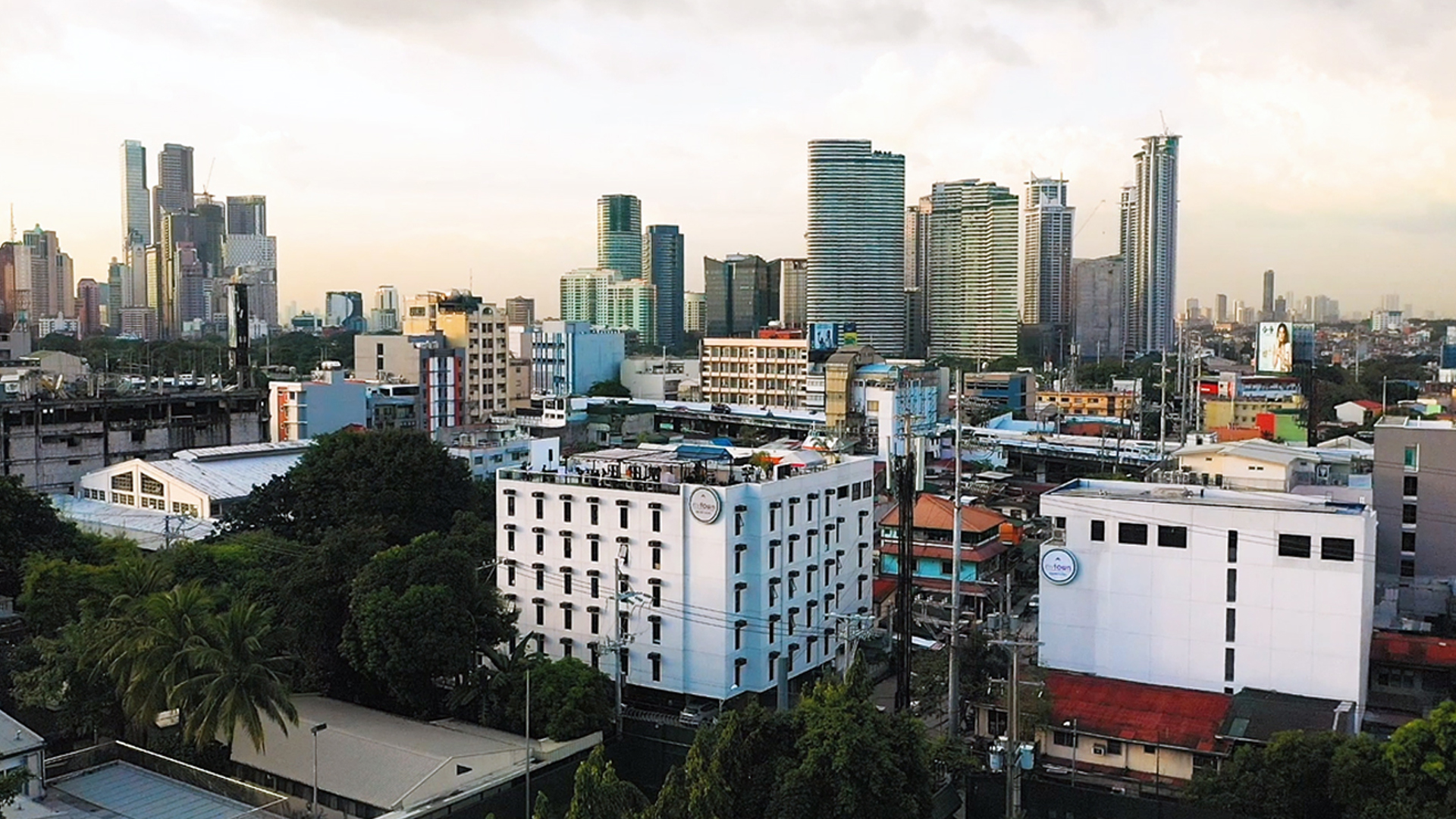Co-living is an essential, safe and a unique form of dignified affordable accommodation, especially during the coronavirus pandemic.
This is a key finding from INSEAD, a leading global business school, who researched co-living in times of coronavirus with MyTown, the co-living brand under Philippines Urban Living Solutions (PULS), PeoplePods, a Philippine dormitory for migrant workers, and industry experts.
The findings are available in an e-book entitled Co-Living Safety and Sanitation Handbook, and discusses best practices in safety and sanitation for co-living operators during the COVID-19 pandemic. It is freely available to the public on the websites of MyTown (www.mytown.ph/ebook) and PeoplePods.
“I’m very happy to support this project, which gathered best practices and leveraged research insights to improve the well-being and safety of precarious workers and the wider working population,” said Alexandra Roulet, Assistant Professor at INSEAD. The authors consulted with experts from the University of Oxford, the Singapore Ministry of Manpower, an NGO for Singapore migrant workers, the WHO, and local authorities.
“As one of the key players in Southeast Asian co-living, we believe we have a responsibility to collaborate with content experts and implement best practices not just in our own community, but also share these with the wider co-living sector,” said Jelmer Ikink, Group Director at PULS.
Essential Accommodation

What has become a thriving real estate sector in normal times, co-living has now proven essential in times of crises. “Especially in Southeast Asia, the focus of the handbook, alternatives to shared living are often unaffordable, impractical or unlivable,” says Daniel Layug, CEO at PeoplePods Philippines.
Business continuity is a top priority during this pandemic, and many employers have found that employee accommodation nearby the workplace ensures continued operations, when public transportation options are limited and operating at reduced capacity. The same holds for employees, whose income is dependent on being able report to work affordably and on time.
Similarly, workplace wellness has become front and center for both employers and employees. The whitepaper finds that co-living can reduce the risk of community infections, as the average daily number of people a co-living tenant is in contact with is up to 98% lower when compared to a someone who relies on cramped and enclosed public transportation options. Moreover, a well-rested workforce is more likely to have a strong immune system that can fight a viral infection.
Prevention and Response Framework
The whitepaper further shows that co-living and dormitory operators are encouraged to implement a thorough prevention and response framework against the pandemic, and that doing so does not have to impact the sustainability of its business model. “This is important since, thus far, COVID-19 has continued to show resilience, and ‘new normal’ measures therefore need to pass the long-term sustainability test,” says Jelmer Ikink.
Moreover, it highlighted that whereas most real estate operators tend to focus on implementing coronavirus mitigation measures inside their premises, equally important are the need to educate and communicate with the tenant population, and prepare detailed response plans for a wide range of worst-case scenarios. The handbook provides helpful insight into how other operators can become more resilient, and continue to provide a safe and sanitary space to young professionals and migrant workers alike.







